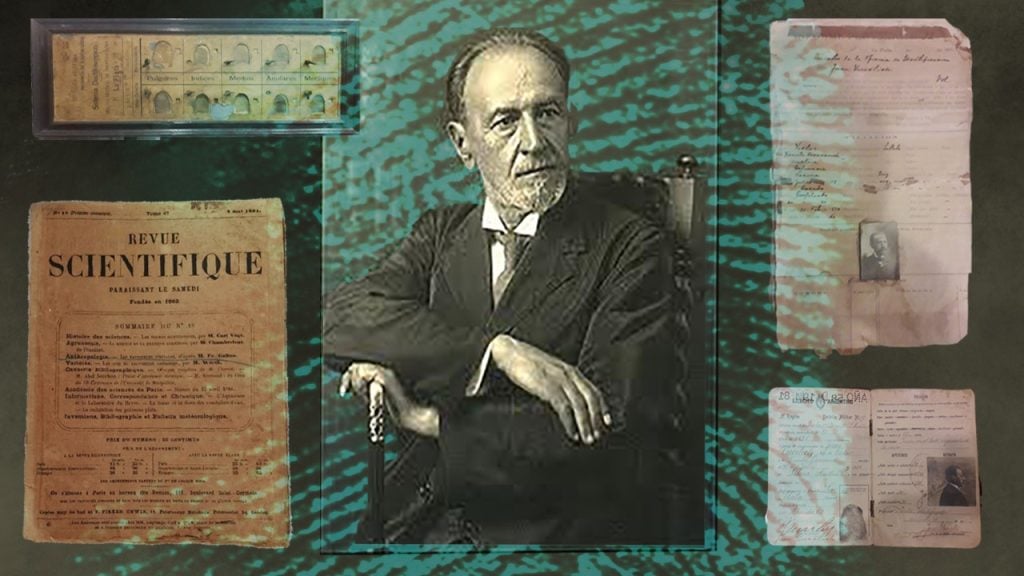Nowadays, the complexity of the investigation conducted with the aim of identifying who is responsible for a criminal act is due both to new technological contexts and to the diversity of knowledge and tools brought together by the various disciplines that collaborate for this purpose.
Criminalistics and forensic sciences account for this growth and the incorporation of new techniques, strategies, and ways of approaching the investigation of a criminal act.
The investigation starts at the crime scene and the proper handling of the crime scene requires a multidisciplinary and appropriate technical-scientific approach that can be conducted by crime scene personnel. At this point, forensic medicine and forensic sciences collaborate with the criminal process to establish empirical foundations for a sound theory of the case by describing the findings and providing ways of interpretation in the light of latest information. In other words, they provide data on causal relationships and the way the crime occurred, its chronology, the means used and, finally, the individualization of the persons involved. All this is done through the evidence collected at the crime scene, which confirms the investigative hypotheses and proves how the events occurred.
In this framework, it is essential to systematize practices and information aimed at coordinating activities at this critical moment of the investigation. It is therefore advisable to methodically conduct practices throughout the entire process, from the intervention at the scene to the collection and subsequent analysis of evidence; only in this way will it be possible to guarantee compliance with the principles of the identity and immutability of evidence. In short, the protection and preservation of the crime scene, the collection of evidence and the chain of custody are parts of a holistic working process that requires systematicity, consistency, methodicality and specialized expertise. Our diligence at this stage is the pillar of an efficient, effective, and high-quality criminal investigation.
A crime scene is the physical place where an event takes place that can be subjected to a scientific criminal investigation to determine its nature and who was involved; it may consist of one or several interrelated physical places (especially homicides). The crime scene is characterized by the presence of traces, indicators and different elements that can be used to determine the circumstances of the event.
Once a location is designated as a crime scene, it must be promptly secured to ensure that any potential evidence, traces, or indicators remain uncontaminated and preserved. A crime scene is characterized by the presence of evidence that may reveal the circumstances or characteristics of what happened there. It will always be recognized as a potential crime scene until otherwise established.
If the circumstances and characteristics of the incident raise the suspicion that a CRIME HAS BEEN COMMITTED, THE PLACE WHERE THE ACTION HAPPENED is called THE SCENE OF THE CRIME.
Any object, element or tool, trace, sign, residue used and/or produced in the commission of a criminal act, which may lead to knowledge of another unknown act by inference, is considered a FIND.
CRIME SCENE METHODOLOGY
A “systematic approach” to finding evidence ensures that evidence is not missed when searching for evidence at the scene and that evidence contamination is kept to a minimum.
Protection of the Field
Observation
Fixing
Evidence gathering and conditioning
Chain of Custody
Analysis of indicators (evidence)
Official statement
Precautions to protect the crime scene:
Usage of personal protective equipment
Changing gloves between samples
Usage of disposable materials if possible



